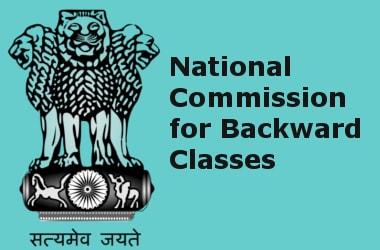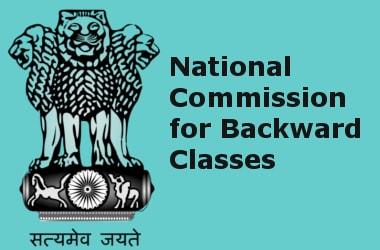Updated By: LatestGKGS Desk
National Commission for Backward Classes (NCBC) History, Constitutional Body, Feature

NCBC (National Commission for Backward Classes) History, Features, Constitutional Body for Backward Caste in India
National Commission for Backward Classes is a statutory body (not a constitutional body yet it is proposed to be a constitutional body through 123rd constitutional amendment bill 2018) under the Ministry of Social Justis Empowerment established on 14 August 1993.
It was constituted pursuant to the provisions of the National Commission for Backward Classes Act, 1993.
National Commission for Backward Classes is proposed to be dissolved to create the National Commission for Socially and Educationally Backward Classes (NCSEBC) as a constitutional body.
The commission was the outcome of Indra Sawhney & Ors. Vs. Union of India. The Supreme Court of India in its Judgement dated 16.11.1992 in Writ Petition (Civil) No. 930 of 1990 – Indra Sawhney & Ors. Vs. Union of India and Ors., reported in (1992) Supp. 3 SCC 217 directed the Government of India.
The number of backward castes in Central list of OBCs has now increased to 5,013 (without the figures for most of the Union Territories) in 2006 as per National Commission for Backward Classes.
NCBC also recommended sub-division of OBCs into 'backwards', 'more backwards' and 'extremely backward' blocs and divide 27% quota amongst them in proportion to their population, to ensure that stronger OBCs don't corner the quota benefits

